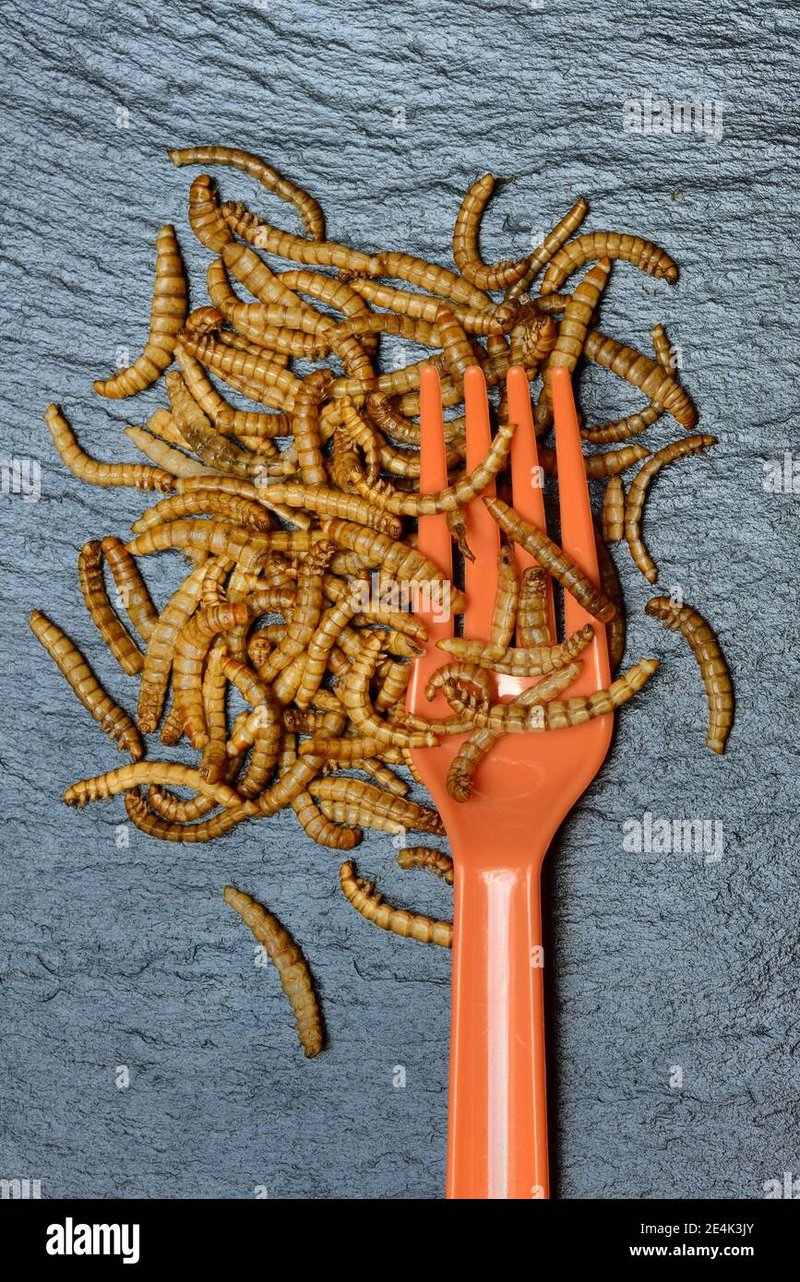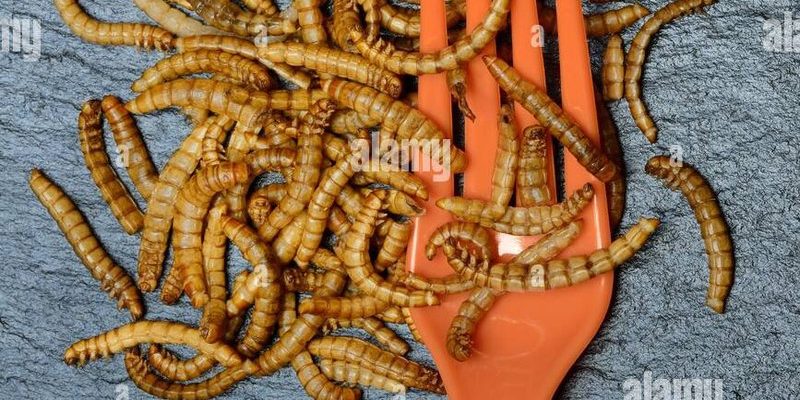
Picture a bustling kitchen filled with cookies and cakes, where mealworms are stealing the spotlight by breaking down organic waste. But lurking nearby are various predators—like birds, rodents, and even other insects—that threaten their survival. On top of that, environmental factors such as climate change and habitat destruction add even more stress to their populations. Let’s dive into the world of mealworms and explore who their enemies are and what external factors are putting them at risk.
Key Predators of Mealworms
Mealworms may seem small and defenseless, but they aren’t without their fair share of predators. One of their most common adversaries is the bird. Many birds are insectivorous, meaning they thrive on a diet rich in bugs, making mealworms an easy target. You might be wondering how a tiny mealworm can escape such a formidable foe. Well, they often rely on their ability to burrow into the ground or hide within the grains they inhabit.
Another sneaky predator is the rodent. Mice and rats love to munch on mealworms, seeing them as a tasty treat. The challenge here is that rodents can access the same environment where mealworms live, often breaching food storage areas. This makes it critical to ensure that food is stored properly to minimize rodent access.
Lastly, we can’t forget about the role of other insects. Certain beetles and ants might prey on mealworms if they’re vulnerable. Even the tiniest creatures can pose a significant threat when it comes to survival, showcasing how interconnected the insect world can be.
Environmental Challenges Facing Mealworms
While predators present immediate threats to mealworm populations, environmental factors can cause long-term problems. For starters, climate change affects habitats globally, including those where mealworms thrive. With rising temperatures and changing weather patterns, mealworms can find their living conditions altered, making it harder for them to survive and reproduce.
Another significant environmental threat is habitat destruction. As humans develop land for agriculture, urbanization, or other activities, mealworms lose their natural homes. After all, these little guys need certain conditions—like dark, moist environments—to thrive. Without suitable habitats, mealworm populations can dwindle rapidly, making it challenging for them to bounce back.
Additionally, pesticide use in agriculture poses a serious risk. These chemicals, designed to control pests, can unintentionally harm mealworm populations. Even if mealworms aren’t the direct target, their exposure to harmful substances can result in lower reproductive rates or even death.
The Impact of Human Activity
Humans play a huge role in the fate of mealworms, often without even realizing it. Everyday activities and choices can significantly impact their populations. For example, in farming, monoculture practices—growing a single crop over large areas—can lead to soil degradation and a decrease in the organic matter that mealworms rely on. If the soil lacks nutrients, mealworms may struggle to find food and thrive.
Another critical factor is waste management. When organic waste isn’t disposed of properly, it can lead to pollution in the environment where mealworms live. This pollution can introduce toxins that further threaten their survival. Good waste management practices can provide a safe and nutrient-rich environment for mealworms to flourish.
Moreover, climate control through industrial activities increases greenhouse gases, contributing to global warming. Increased temperatures not only make conditions unbearable for mealworms but can also change the dynamics of their ecosystems, leading to fewer resources and more competition.
Strategies for Mealworm Conservation
If we want to protect mealworms and their vital role in our ecosystem, there are steps we can take. First, creating awareness about their importance can help in conservation efforts. Many people might not realize how crucial mealworms are for decomposing organic matter and enriching the soil. By sharing this knowledge, we can encourage more people to adopt practices that benefit mealworms.
Another significant strategy is promoting sustainable farming practices. This could mean using less harmful pesticides or rotating crops to maintain soil health. By implementing these techniques, farmers can help create a more balanced ecosystem where mealworms can thrive alongside crops.
Additionally, supporting habitat preservation efforts can make a difference. Whether it’s participating in community clean-ups or donating to organizations that protect natural habitats, every little bit helps. Protecting the environments where mealworms live ensures they can continue performing their essential job in nature.
Mealworms may be tiny, but they play a monumental role in our ecosystem, helping recycle nutrients and supporting soil health. However, they face a range of threats from predators and environmental challenges. Understanding these risks is the first step toward helping these little heroes flourish in the face of adversity.
By being mindful of our actions and supporting sustainable practices, we can contribute to a world where mealworms and other vital insects thrive. After all, maintaining balance in our ecosystems benefits not just mealworms, but us too, as we rely on healthy soils and environments for our own survival. So, let’s work together to ensure a future where mealworms can wiggle freely in their habitats, continuing to do the important work they’ve been doing for generations.

